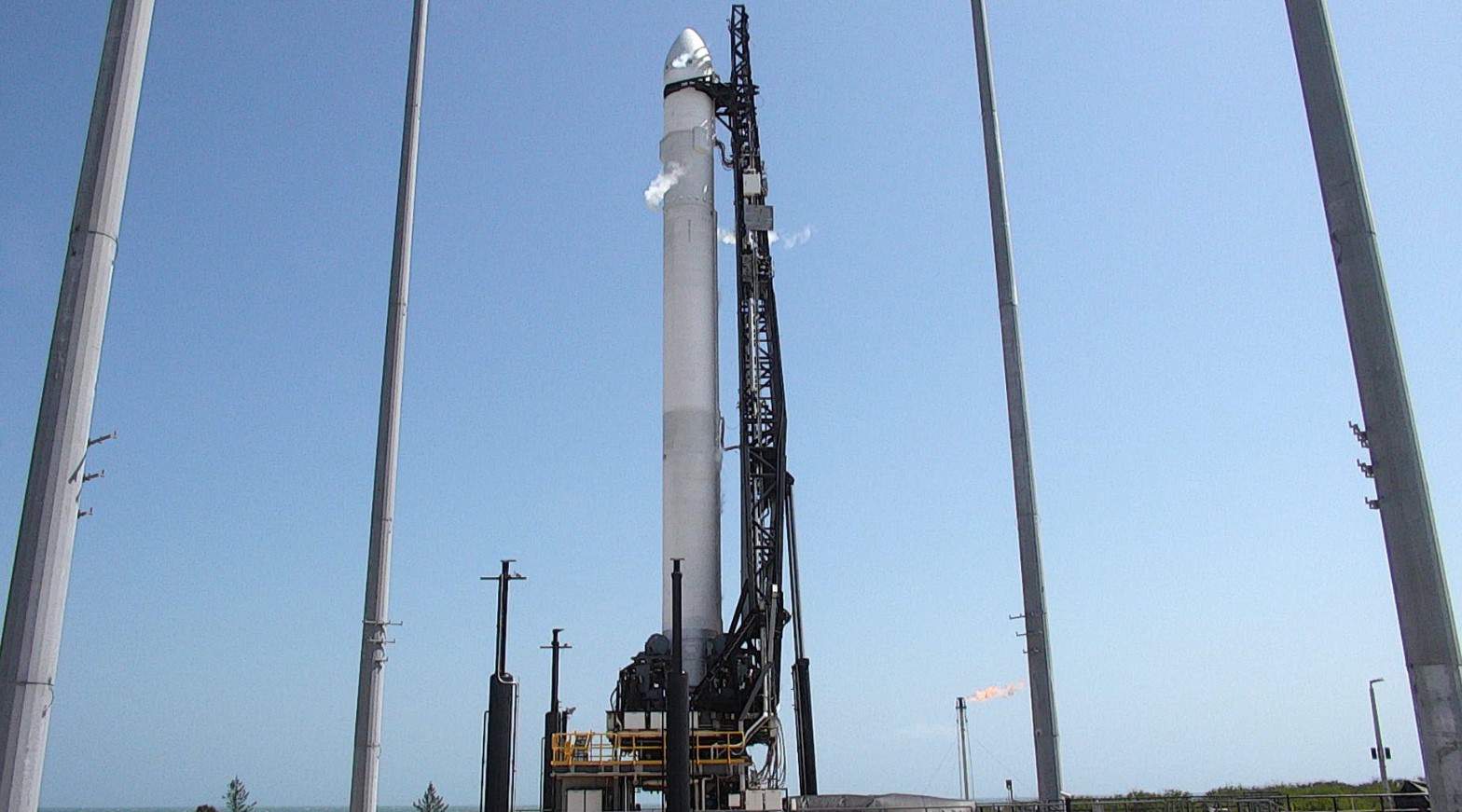Hopefully the third time will be the charm for Relativity Space and its 3D-printed rocket’s inaugural blast into space.
The Long Beach, California-headquartered space company aborted Saturday’s launch attempt of its 110-foot-tall Terran 1 rocket at about 4 p.m. ET Saturday afternoon. This second attempt at liftoff for the rocket – 85% of which is made with massive 3D printers – had been scheduled during a three-hour window of 1-4 p.m. EST at Cape Canaveral, Florida.
An initial launch attempt Wednesday was scrubbed “due to exceeding launch commit criteria limits for propellant thermal conditions on stage 2,” the company said.
After the mission was scrubbed, Relativity Space posted on Twitter that more information would be forthcoming about the “cause of aborts today.” Earlier Saturday morning, the launch crew said on Twitter that “upper-level winds are a potential concern today and we are continuing to monitor.”
Relativity Space’s next launch attempt has not yet been set, but it will take at least two days for teams to replenish propellants at Cape Canaveral Launch Complex 16, reported Florida Today, part of the USA TODAY Network.
What is the 3D-printed rocket’s mission?
The Terran 1, which is a prototype with no customer payload, is scheduled to liftoff, then undergo a stage separation, second engine start and cutoff, and achieve orbit.
The goal of the initial launch is to prove the 7.5-feet diameter, 3D-printed vehicle is durable enough for launch and space flight.
Liftoff and getting over the Atlantic and passing Max-Q, the point in the flight when the rocket will be at maximum stress would “be a big inflection point,” the company said in a discussion of launch success on Twitter. “Why? Because it’s the phase of flight where the structural loads on the vehicle are the highest, passing this point in flight proves our hypothesis: 3D printed rockets are structurally viable!”
Should the Terran 1 – dubbed “Good Luck, Have Fun” or “GLHF” – make it to low Earth orbit (LEO), Relativity Space will consider it “would be a total home run,” Space.com reported, citing an email from Relativity Space representatives.
If that goal is met, Relativity would be the first privately-held, venture-backed space company to have successfully done so on its first launch, the company said.
“We have our own in-house team that has designed this rocket from a blank piece of paper, built our own factory with the world’s largest metal 3D printers, our own custom aluminum alloys. We build our own rocket engines,” said Tim Ellis, cofounder and CEO of Relativity Space. “Now we’re about to launch it.”
This launch is just the first step in Relativity’s interstellar plan to go to Mars.
Last year, the company announced plans with Impulse Space of El Segundo, California, to develop a Mars Cruise Vehicle and Mars Lander on a Terran R rocket no earlier than 2024.

